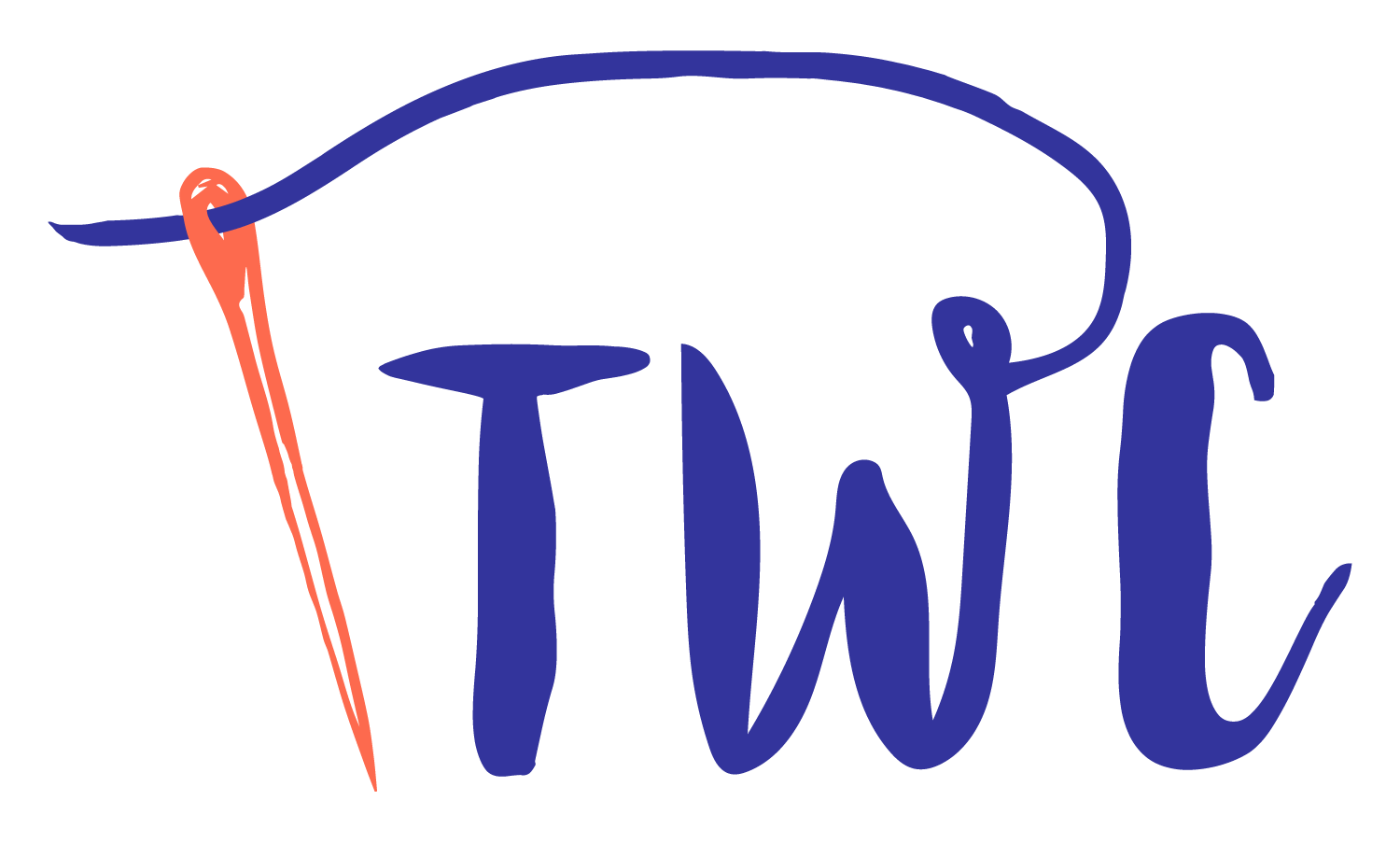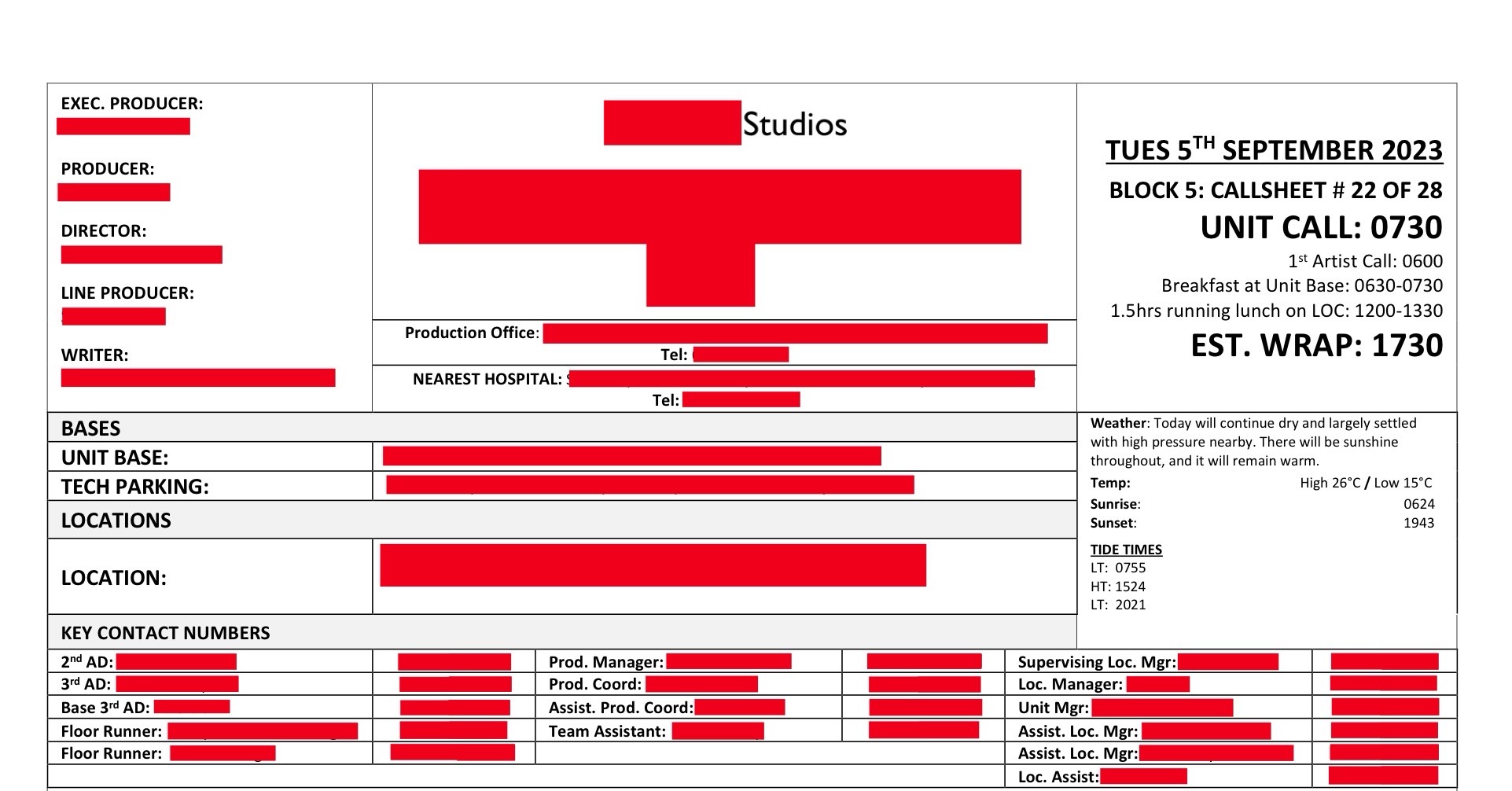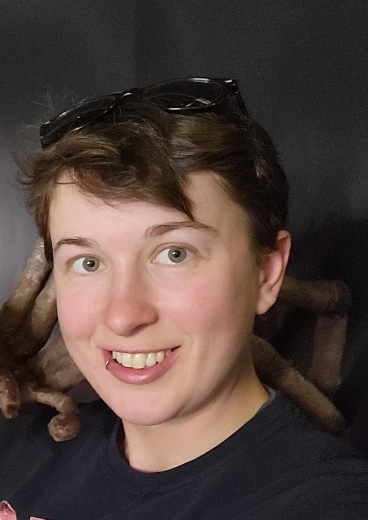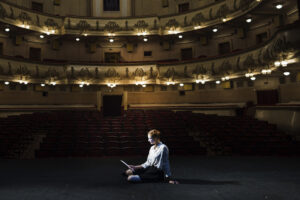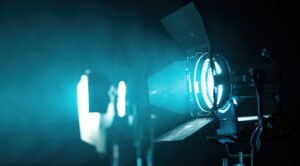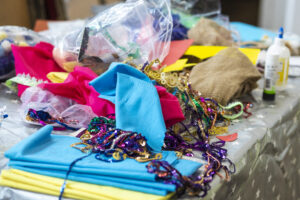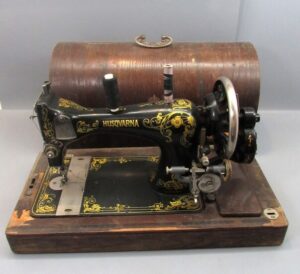When you go on your first TV or film job it can be very daunting and being sent a 4 page call sheet doesn’t always calm your nerves. I am going to talk you through an example call sheet and hopefully answer some of the questions you might have. As always this is not an exhaustive list and if you have questions then you can always contact us through our website or socials. Here is an example callsheet
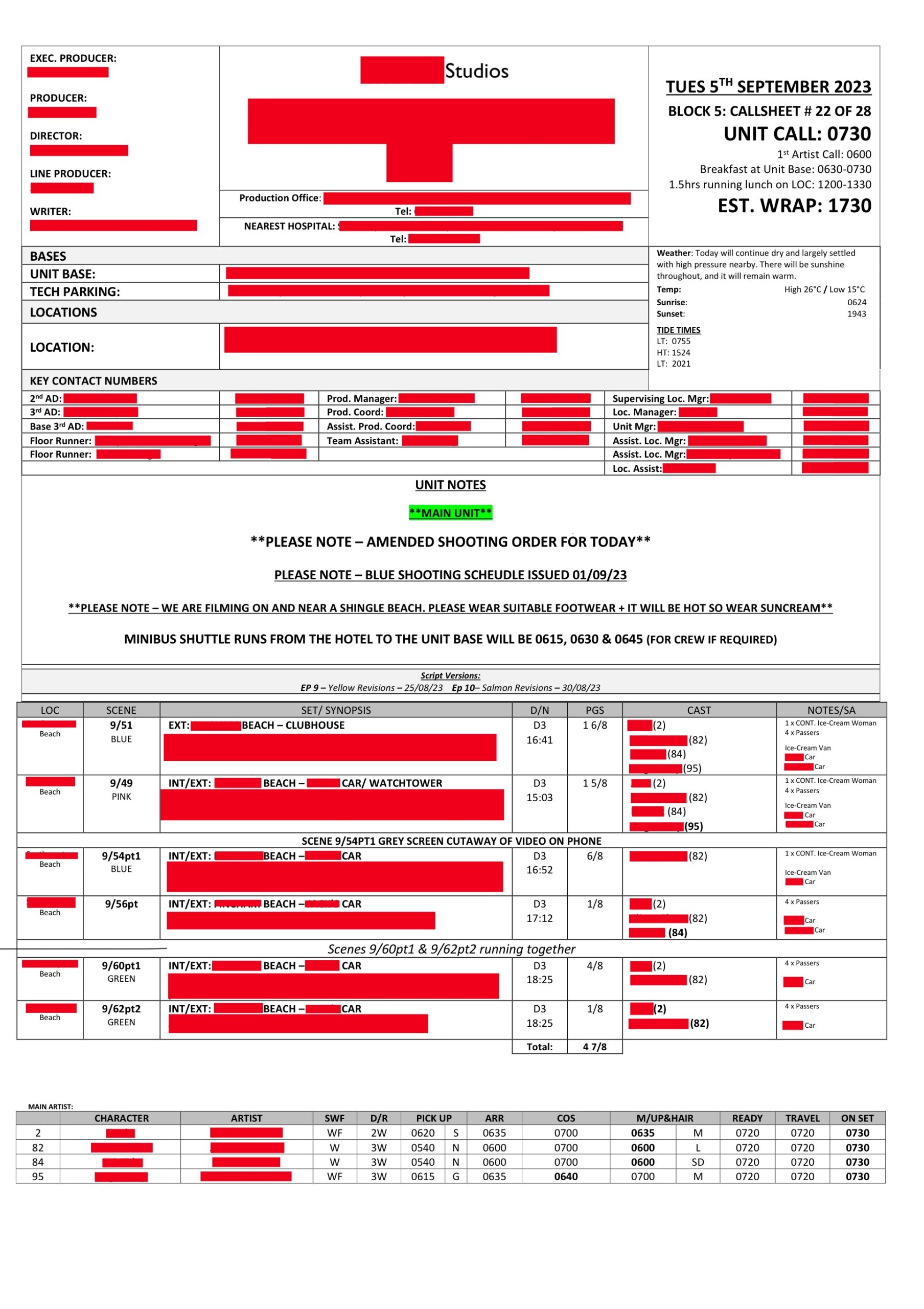
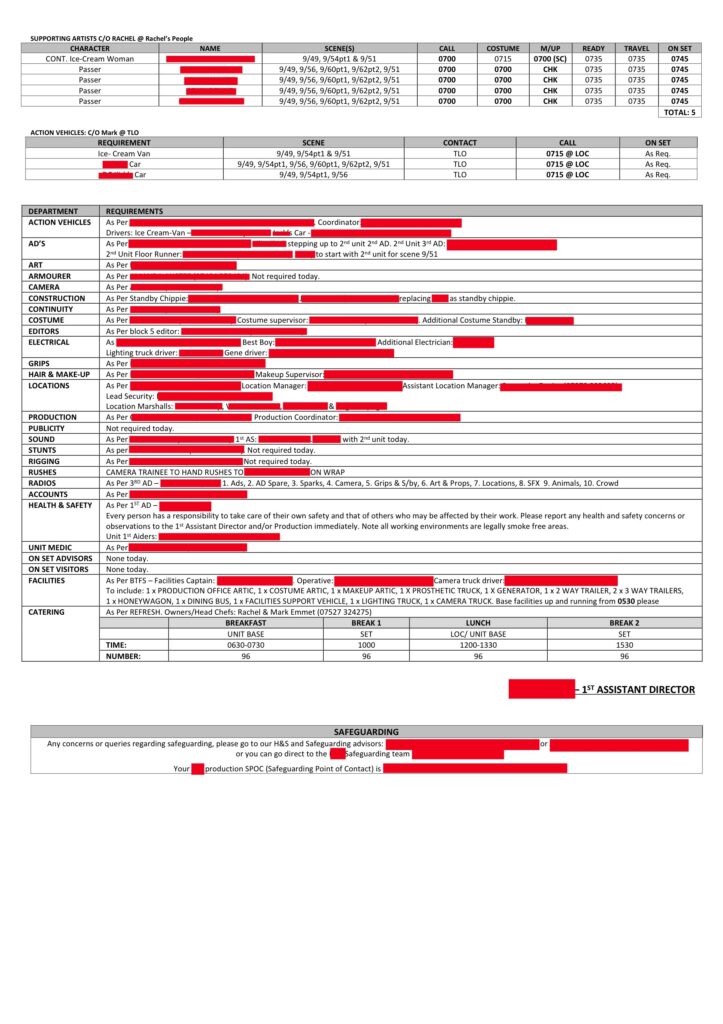
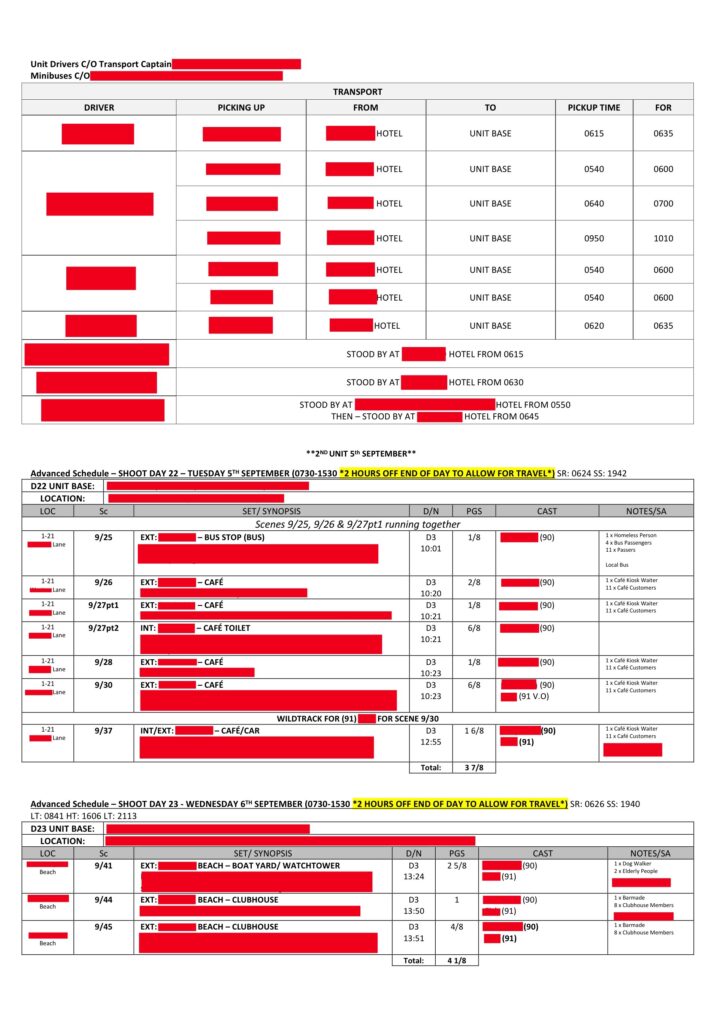
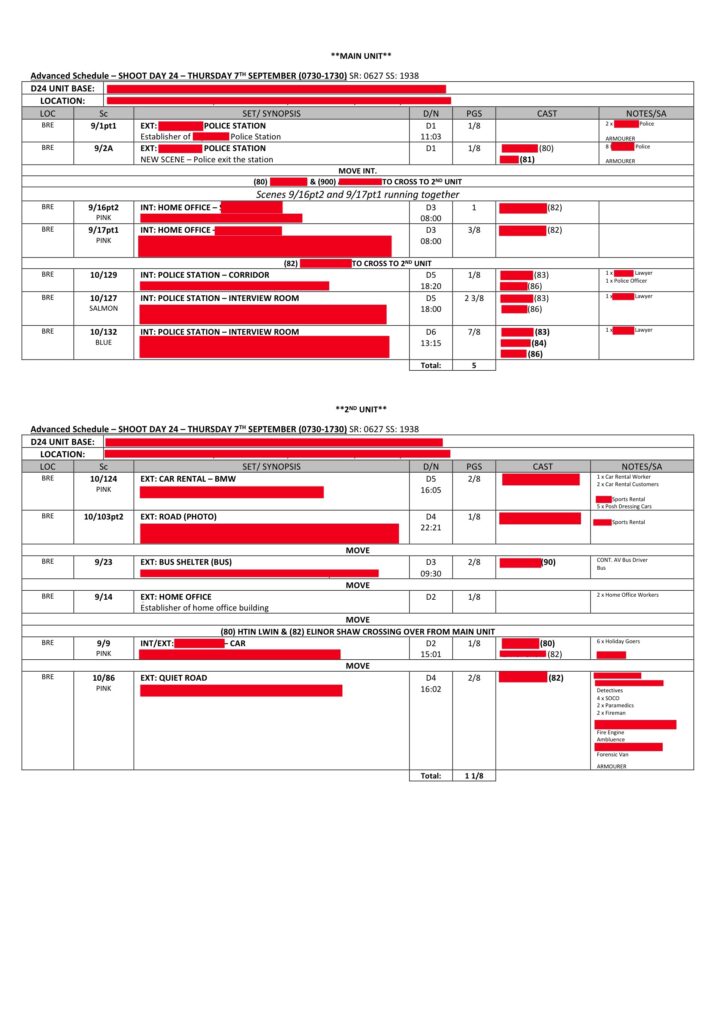
This is 4 pages I was sent for a job I ended up doing half a day on last year, it is a lot of information and if you don’t know where to look it can make your brain panic and shut down. So let’s break it down into what is important and what isn’t
TOP OF THE FIRST SHEET – KEY INFO
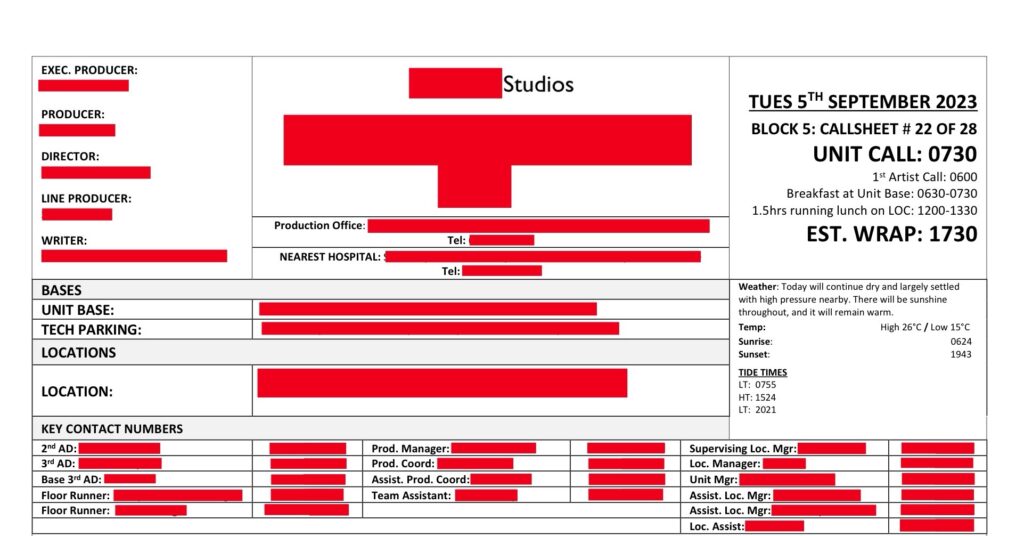
This is the top of the first sheet, here is the information you need to be aware of:
-
- Name of the production: this can often be a code name if it’s a large scale production, if so then use the code name when you talk about it to other industry professionals (and if you have signed an NDA don’t talk about it to anyone else)
-
- Top left: director and producer’s names: you shouldn’t need the producers names but you may need to refer to them, you should know the name of the director
-
- Top right: check you have the correct date on the callsheet (sometimes mistakes get made) Unit Call and estimated wrap is the time filming on camera, your start time as a costume person will almost definitely be before call time and you will have work to do after the wrap this so check with your supervisor what time they want you to start. It is good to be aware of the weather so you can dress appropriately, the callsheet will tell you whether you will be inside or outside later on.
-
- Bases: you should also receive a movement order which will have more information but these addresses will tell you where to park, you will almost definitely park at ‘unit base’, ‘tech parking’ is for things like the lighting trucks who are allowed to park near location so you can usually ignore it. Depending on the job you may have transport to get you to location from unit base or you may need to drive there yourself, but you will start your day at unit base unless told otherwise, this is something you can ask the supervisor if it isn’t clear where you need to be when.
-
- Key contact numbers: These are useful to have on hand if you need to phone someone during the day but hopefully you will also have a radio to contact people quickly
UNIT NOTES

Next we have the unit notes, this is where any extra information about the day is and is vital (I once had a unit note that said ‘there will be a live spider on set today’ and that is information I really wanted to know and avoid at the same time)
-
- Main unit: this is used if there is more than one camera crew shooting on this day (additional units are called second unit, third unit and so on) make sure you have the call sheet for the correct unit. You will often be told you where you need to be on the morning of the job, so if you are sent 2 callsheets for different units it is worth preparing for either unit as you may be sent from one to the other during the day
-
- Blue shooting schedule: when a new script or shooting schedule is issued they are printed on a different colour paper so you may have a ‘pink script’ or a ‘blue schedule’. There is an official order to this which is white, blue, pink, yellow, green, goldenrod in the UK. If you are a daily this probably doesn’t affect you but if you are on the job for a full contract you need to make sure you are on the correct script and correct schedule to avoid confusion

These are the main actors, if you are working with crowd you may not need this information but it is good to learn for future reference. SWF meaning, into costume and arrival for putting costumes in rooms. Ready and travel, make sure you are on set when your actor is
-
- Actor numbers: we will cover this further down but this is where you can check your actor number
-
- SWF: this means Start, Work, Finish. You can see that on this call sheet some actors are W, meaning they working a normal day and some are WF meaning it is their last day on set. If someone was only working for one day they would be SWF, meaning they would start and finish on the same day. This information is usually more important to the supervisor and designer but it is good to know.
-
- COS means the time they should be getting into their costume, this means the costume should be in their trailer ready for them
-
- ON SET is the time that actor needs to be on set, if you are looking after an actor you should be on set whenever your actor is so make sure you know what time they travel/get to set so you can be there as well

Now we move onto our background actors. It is also good to know what vehicles are being used as your character may need to be in one or climbing out of one. For example in this one someone will be in the ice cream van so we probably wont see her shoes. If you have a police officer in the car they won’t have their hat on but if they get out of the car they will put their hat on in action. You should read this section as you would the main actors section, making sure people are dressed at the correct time and you are on set when they are. It is important to note that you shouldn’t get anyone into costume before their call time unless asked to by the AD department, background actors are paid hourly so once they are in costume it means they need to be paid, if you dress someone early it can cost the production more money and get you in trouble.
ORDER OF THE DAY
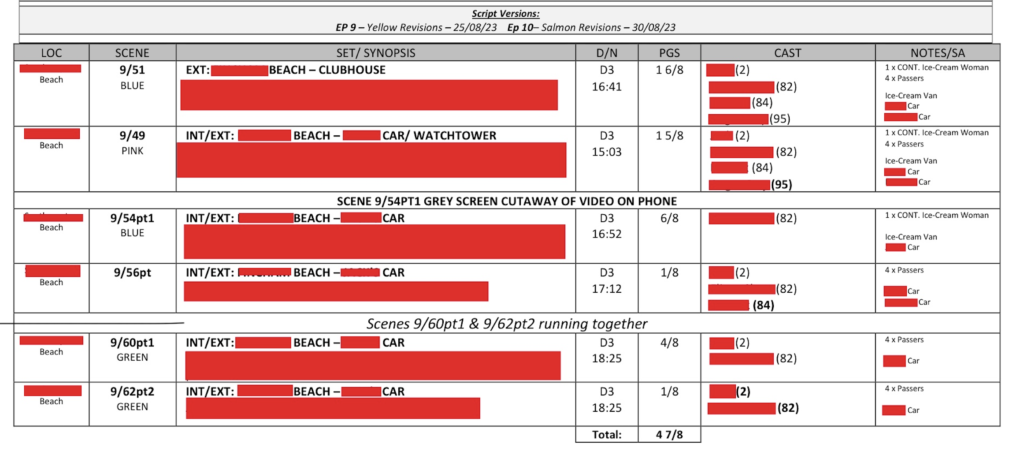
This is the order of the day, notice the script colours, you will also be sent ‘sides’ with this callsheet which are the script pages you are shooting today, make sure you read them so you know what is going on and if you will need anything extra, for example the script may say that a character takes gloves out of their pocket or checks their watch.
-
- SCENES: the first scene on here is 9/51, this means episode 9, scene 51. Remember that scenes are shot out of order (here we go from 51, back to 49 before skipping to 54) so make sure you check what scene you are on for your continuity, there is more information on this in D/N
-
- D/N is day or night, D3 means it is the third story day. On this call sheet we are shooting everything on the same story day so we may not need any costume changes but often we will go from day 1 to day 5 to night 3 on one shooting day. The time is the time of day in the story, this will tell you how much time has passed between scenes, make sure if your actor is wearing a watch that it is set to the story time, you may have to alter this every take if you cant get their watch to stop.
-
- SET/SYNOPSIS: this will tell you where the scene is a quick explanation of what is happening in the scene, INT/EXT means interior and exterior, often shows filming inside are small and you end up working outside so don’t assume you wont need a coat
-
- PAGES is how many pages of the script are being shot and are measured in 8th’s. Big films will film less in a day than long running tv series and you will get used to how much is shot on a day for your production
-
- CAST and SA tells you which cast and supporting actors are in that scene, names in bold are usually that actor’s last scene of the day
after this you will see there is a list of contact details and then we move on to the ‘advance schedule’ which shows you what the next few days will look like, if you are in on several days you can check if your actors will be continuity between several days.
Hopefully this answers all your questions about a callsheet and stops the fear that I definitely had the first time I received one. Remember that you can always ask your supervisor if you have any questions or you can message us if anything in this article is unclear.
